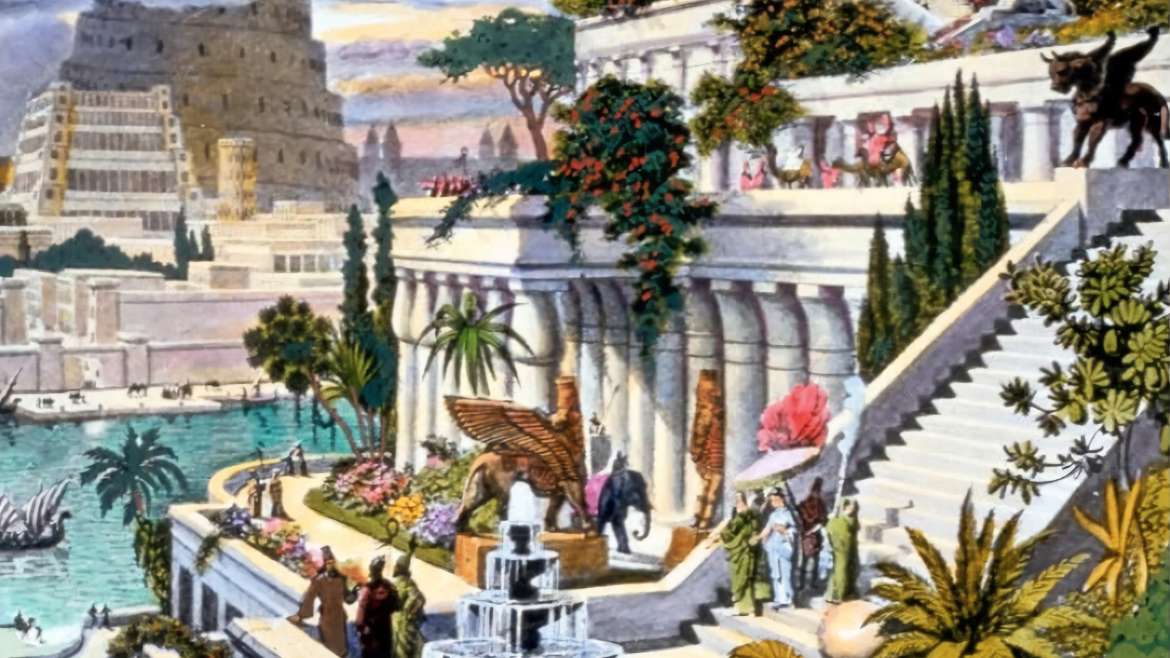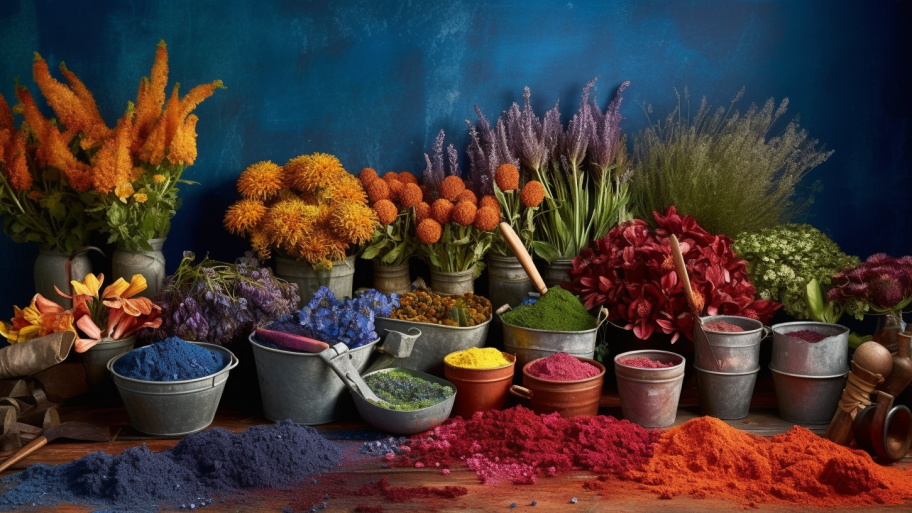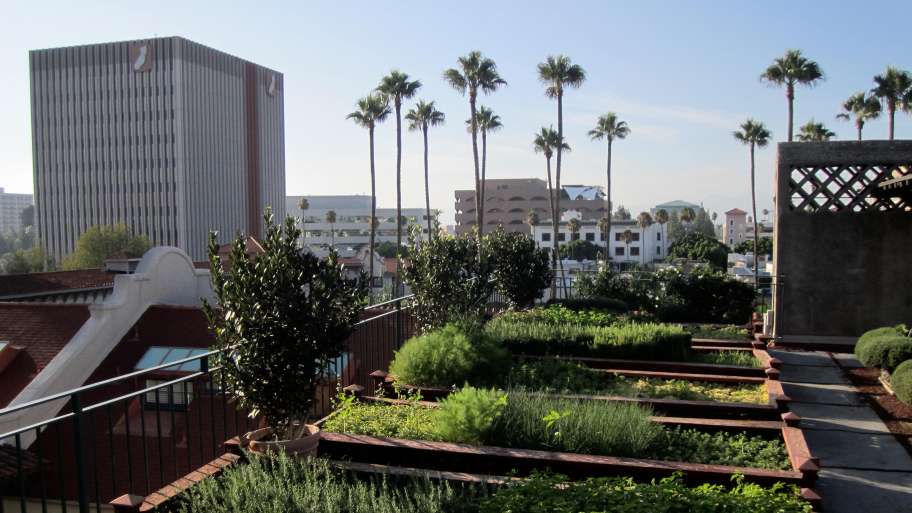The Hanging Gardens of Babylon, one of the most famous and captivating marvels of the ancient world, continue to inspire gardeners today. This incredible feat of engineering and horticulture is said to have been built by King Nebuchadnezzar II in the 6th century BCE as a gift to his wife, who longed for the lush greenery of her homeland. Although there is still debate among historians about the exact location and existence of the gardens, their legend has captured the imagination of people for centuries and left an indelible mark on the history of gardening. In this article, we’ll explore the plants that once flourished in the Hanging Gardens and how you can incorporate these ancient wonders into your modern garden.
The Hanging Gardens were not merely a collection of plants; they were a veritable oasis, featuring a sophisticated irrigation system that enabled the growth of a wide variety of plants, even in the arid Mesopotamian climate. The gardens were constructed on a series of terraces, supported by stone columns, arches, and ramps. This innovative design allowed for the optimal use of space and sunlight, while also creating a visually stunning display that appeared to defy gravity.
In order to keep the gardens lush and verdant, an ingenious irrigation system was employed to supply water to the plants. It is believed that a series of canals, aqueducts, and perhaps even a chain pump or Archimedes’ screw were used to transport water from the nearby Euphrates River to the gardens. This constant supply of water was crucial to the survival and success of the diverse array of plants found in the Hanging Gardens.
Though the exact list of plants cultivated in the Hanging Gardens is unknown, there are some examples of plants from Mesopotamia that could be grown in modern gardens, including:
- Figs (Ficus carica) – Figs are attractive fruit trees that produce sweet, delicious fruits, and can be grown as a shrub or small tree.
- Almonds (Prunus dulcis) – Almond trees have beautiful white or pink blossoms in the spring and produce nutritious nuts in the fall.
- Date palms (Phoenix dactylifera) – Date palms are tall, elegant trees that produce clusters of sweet, nutritious fruits, adding a touch of the exotic to your garden.
- Jasmine (Jasminum spp.) – Jasmine is a fragrant flowering plant, often used as an ornamental vine or shrub, that adds a delicate aroma to your garden.
- Cyclamen (Cyclamen spp.) – These charming perennials have unique, butterfly-like flowers and patterned leaves, making them an attractive addition to any garden.
- Grapevines (Vitis vinifera) – Grapevines can be grown for their fruit, wine production, or as an ornamental plant for their attractive foliage and climbing habit.
- Saffron Crocus (Crocus sativus) – Saffron crocus bulbs produce beautiful purple flowers, and the valuable spice saffron can be harvested from their red stigmas.
- Myrtle (Myrtus communis) – Myrtle is an evergreen shrub with aromatic leaves and delicate white flowers that can be used for ornamental and culinary purposes.
- Mint (Mentha spp.) – Mint is a versatile herb with many culinary uses and fragrant foliage, making it an excellent addition to any garden.
- Tamarisk (Tamarix spp.) – Tamarisk is a deciduous shrub or small tree with slender, arching branches and masses of tiny, pink or white flowers, adding a soft, airy touch to your garden.
These plants not only hold historical significance, but they also provide beauty, shade, and various culinary and medicinal uses for modern gardeners.
For those interested in incorporating elements of the Hanging Gardens into their own gardens or homes, there are a few relevant products available on Amazon that could help to create a similar aesthetic:
- Hanging planters: These can be used to grow a variety of plants in a space-saving manner, reminiscent of the tiered design of the Hanging Gardens. Some options include the La Jolíe Muse Hanging Planter Set and the Umbra Triflora Hanging Planter.
- Water features: Incorporating a water feature, such as a small fountain or pond, can help to evoke the image of the Hanging Gardens’ intricate irrigation system. Check out the Alpine Corporation 4-Tier Cascading Tabletop Fountain and the Bamboo Accents Water Fountain.
- Vertical garden systems: Vertical gardens are a modern take on the tiered design of the Hanging Gardens and can be used to grow a wide variety of plants in a small space. Consider the Watex Urban Farming Vertical Garden or the 4Ft Vertical Raised Garden Bed.
By drawing inspiration from the Hanging Gardens of Babylon and incorporating some of these elements and plants into your own garden, you can create a unique and enchanting space that pays homage to one of the most remarkable achievements in the history of horticulture.




